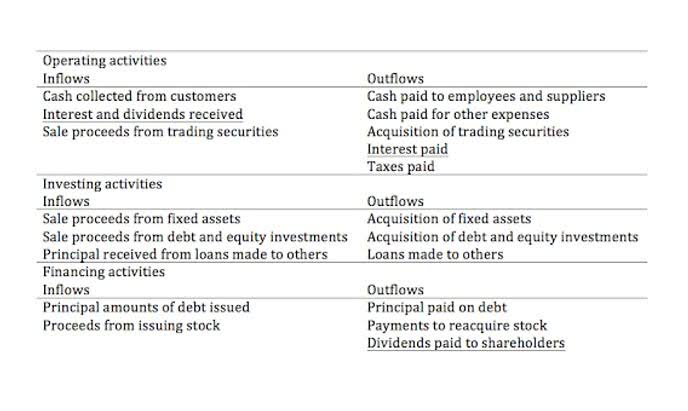
Debt Service Coverage Ratio (DSCR) is an important financial metric used to assess a business or individual’s ability to manage and service debt. Where there are cases where a DSCR of less than one makes sense, these cases are few and far between, and a small business lender will generally rule out a business with calculated DSCR less than 1. The ratio is one of the factors used by financial institutions to make credit-related decisions for an entity. The ratio is one of the factors used by financial institutions to make credit-related decisions for an entity, and analysts use DSCR to make investment-related decisions. Hence, most risk-averse lenders require collateral as part of their loan financing agreement to protect their downside risk. In fact, the lender might require more collateral and impose strict covenants to mitigate the risk even further to consider proceeding with the financing arrangement.
- For example, what if the lender decides to include reserves for replacement in the NOI calculation as well as a provision for a management fee?
- Short-term lenders get their money back more quickly, so they tend to rely more on credit history and monthly revenues than on DSCR.
- It signifies strong operational efficiency and financial management, allowing the entity more freedom to invest, save, or withstand economic downturns.
- But, if you have a lot of personal debt, then global DSCR might hurt your chances of qualifying for the loan.
- Adding these expenses back into your earnings standardizes DSCR across different types of businesses and industries.
- In this article, we discussed the debt service coverage ratio, often abbreviated as just DSCR.
The Debt Service Coverage Ratio (DSCR) measures if the income generated by a commercial property is sufficient to fulfill its annual debt burden. Let’s say a real estate developer is seeking a mortgage loan from a local bank. The lender will want to calculate the DSCR to determine the ability of the developer to borrow and pay off their loan as the rental properties they build generate income. The higher the ratio of EBIT to interest payments, the more financially stable the company.
Debt Coverage Ratio (DCR)
A debt-service coverage ratio is one way to analyze a company’s ability to repay its loan, but every lender has its own requirements. As mentioned, the minimum DSCR is typically 1, but many lenders want to see a slightly higher ratio than that. However, you’ll have to speak with potential lenders to understand their exact requirements to see if you qualify. If your DSCR equals 1, this means that you have just enough operating income coming in to meet your debt obligations, and a DSCR less than 1 means your business lacks the operating income to cover debt obligations. The Debt Service Ratio, or debt service coverage, provides a useful
indicator of financial strength. Standard & Poors reported that
the total pool consisted, as of June 10, 2008, of 135 loans, with
an aggregate trust balance of $2.052 billion.
- All types of debt can cut into your cash flow and impact your ability to pay back a loan, so be prepared to include all debt in your DSCR calculation.
- The DSCR formula must include existing debt as well as the loan you’re applying for.
- A company’s net operating income is its revenue less certain operating expenditures (COE), excluding taxes and interest payments.
- Lenders want a full picture of your debt service, so you’ll also need to notify them of credit cards, leases, lines of credit, and other types of debt you already have.
- A 1.50 DSCR means that the income from your property will be able to cover the total debt service related to your property and have enough left over for an income for you.
This will appear as both short-term debt and the present share of long-term debt on a balance sheet. Net operating income and the entity’s overall debt servicing are two requirements for the debt-service coverage ratio formula. The Debt-Service Coverage Ratio (DSCR) is relevant to personal, public, debt service coverage ratio formula and corporate finance. The DSCR, in the context of corporate finance, is a gauge of a company’s available cash flow to satisfy current debt commitments. For more accuracy, reduce the total debt service figure by the beneficial effect of the deductibility of interest payments on income taxes.
